I. Which of the following will solvolyse faster is SN−1 and why?
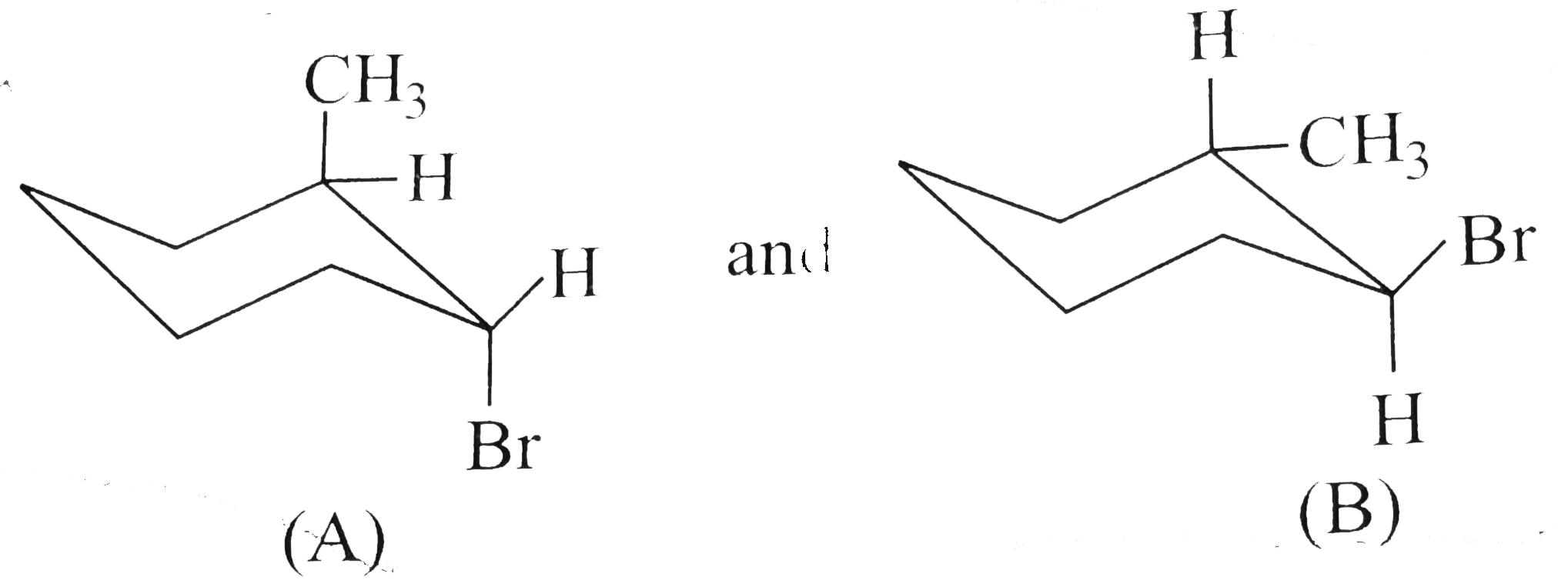
II. F^(ᶱ) works as a good leaving group in ArSN reaction
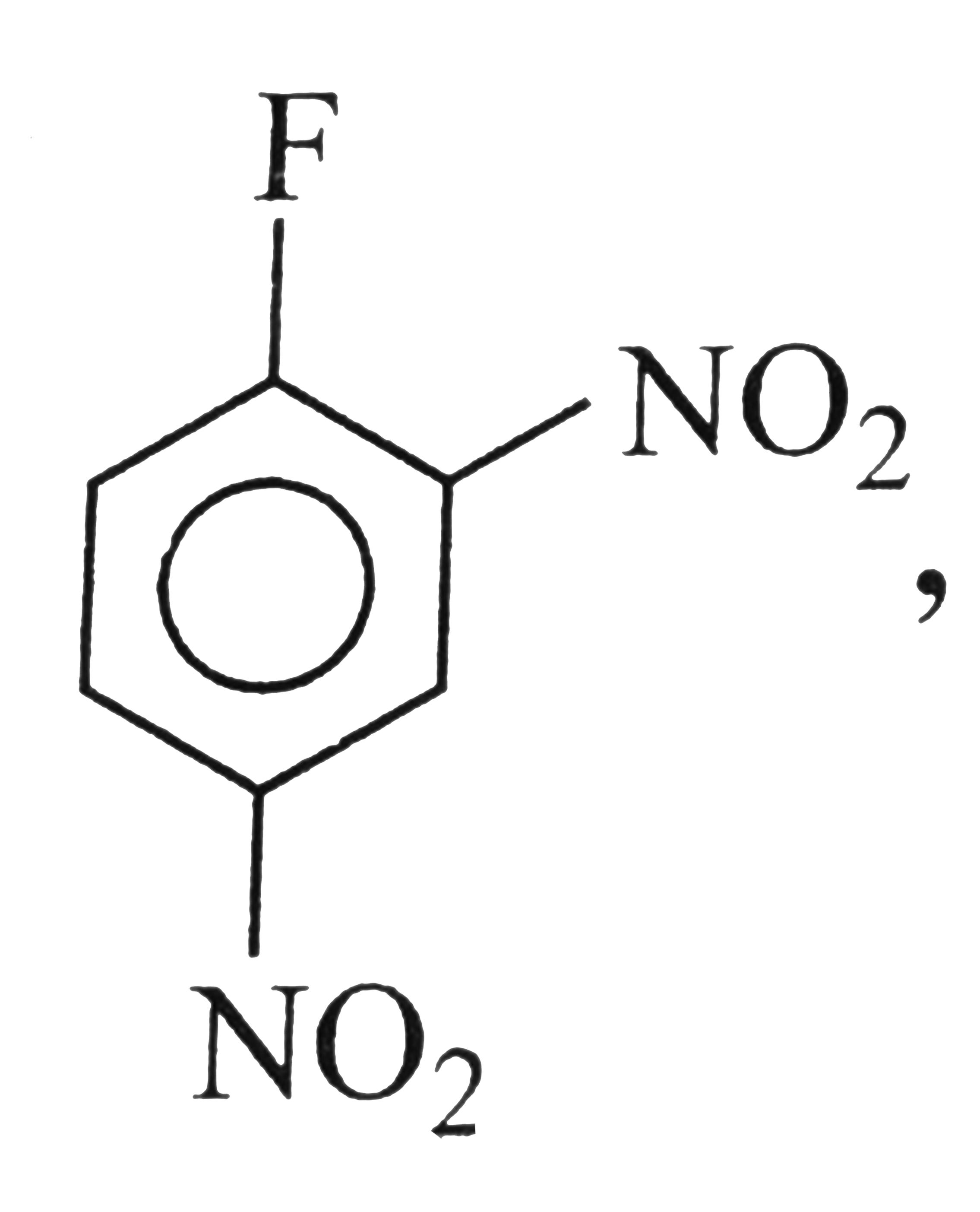
even though it is a por leaving group in alipatic SN−1 and SN−1 mechanisms. Exaplin.
III. When  reacts with alc. KCN, a mixture of ismeric products is obtained. Explain.
reacts with alc. KCN, a mixture of ismeric products is obtained. Explain.
I. Compound (A) will solvolyse faster than (B). The rate of SN−1 reaction depends on the difference in energy of the ground state abd tge transition state.
Diaxial compound (A) is less stable than diequatoxial compound (B) and thus (A) solvolyes faster.
II. IN ArSN reaction when the leaving group is Cl,Br, or l, the rate differes only by a factor of 5. This behaviour is not expected in a reaction in which the (Ar−X) bond is broken in the R.D.S . An increses in the EN of the leaving group such as F∘ ion casuses a decrease in the electron density at the site of the attack by the muclophile, resulting in a fast reaction.
When the leaving group is F∘ the rate is faster compared to the other halo group in ArSN reaction. This indicates that the mechanism is different from SN−1 and SN−21 pathways.
III. It can proceed by both SN−1 and SN2.
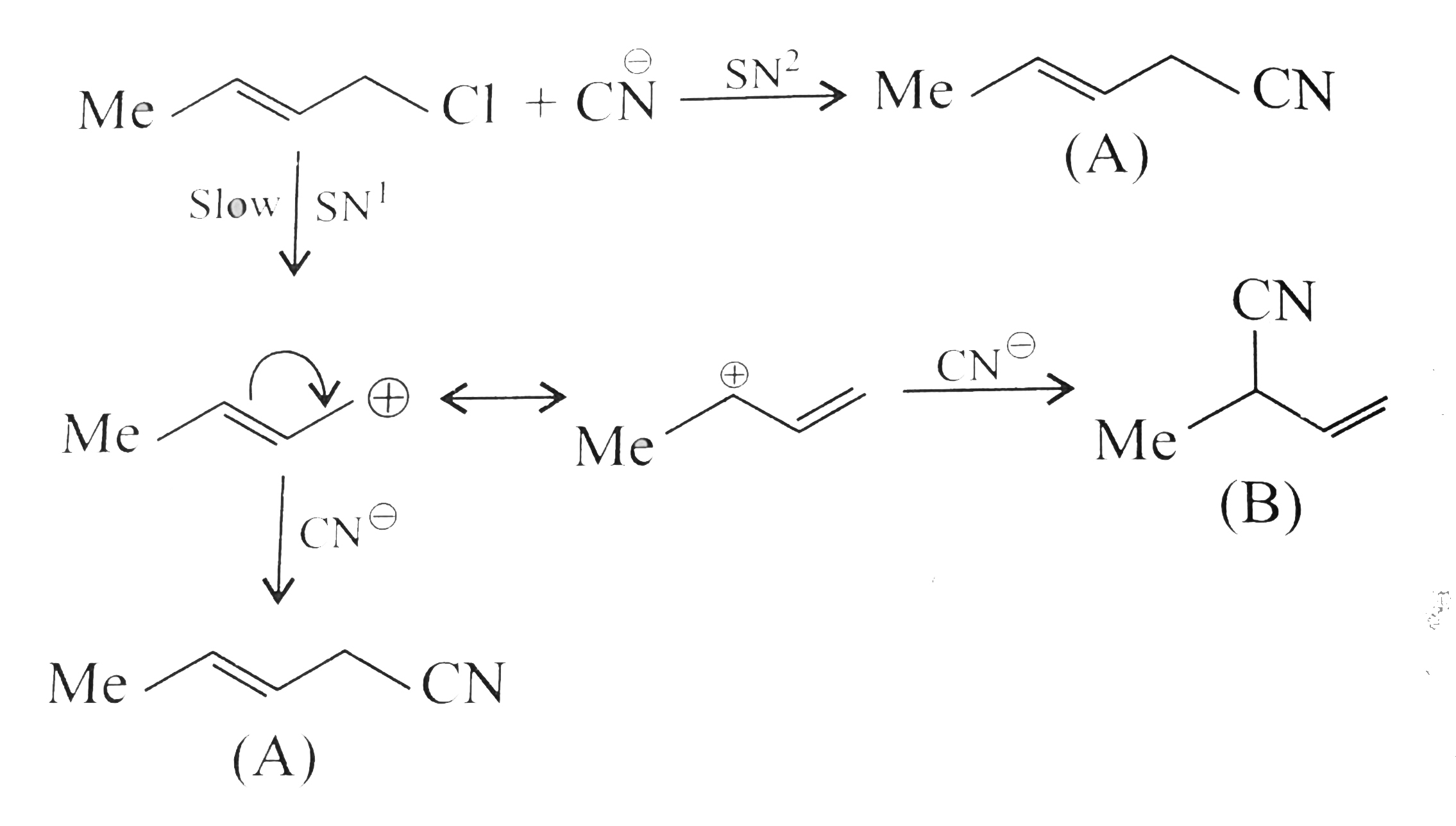
Two isomeric products by SN−1 mechanism are obtained.
Topper's Solved these Questions
- AROMATIC COMPOUNDS AND ALKYL AND ARYL HALIDES BOOK - CENGAGE CHEMISTRY ENGLISHCHAPTER - AROMATIC COMPOUNDS AND ALKYL AND ARYL HALIDES EXERCISE - Solved Examples
21 Videos
- AROMATIC COMPOUNDS AND ALKYL AND ARYL HALIDES BOOK - CENGAGE CHEMISTRY ENGLISHCHAPTER - AROMATIC COMPOUNDS AND ALKYL AND ARYL HALIDES EXERCISE - Solved Problems
37 Videos
- APPENDIX INORGANIC VOLUME 2BOOK - CENGAGE CHEMISTRY ENGLISHCHAPTER - APPENDIX INORGANIC VOLUME 2EXERCISE - Short Answer Type
179 Videos
- BIOMOLECULESBOOK - CENGAGE CHEMISTRY ENGLISHCHAPTER - BIOMOLECULESEXERCISE - Exercises Archives (Analytical And Descriptive)
8 Videos
Similar Questions
Knowledge Check
Which of the following will react faster through SN1 mechanism ?
ACH3CH2ClBH2C=CH−CH2ClC DCH2=CHCl
DCH2=CHCl
Which of the following compounds would undergo SN1 reaction faster and why ?
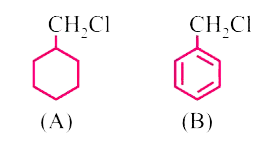
View SolutionWhich compound out of the following pairs will react faster in SN1 reaction and why ? CH2=CHBr or CH2=CHCH2Br
View SolutionStereochemistry in SN1 and SN2 Mechanism | Solvent | Nucleophile and Leaving Group
View SolutionDuring SN1 reactions, the leaving group leaves the molecule before the incoming group is attached to the molecule.
View SolutionDuring SN1 reactions, the leaving group leaves the molecule before the incoming group is attached to the molecule.
View SolutionGive all the possible major and minor products (SN1andE1) in the following. Explain.
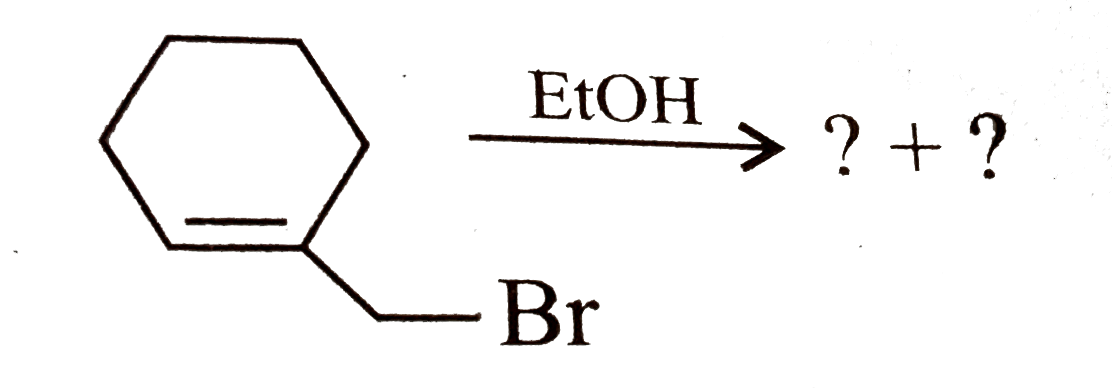
(b) If t-pentyl shloride reacts with 25%H2O and 75%C2H5OH in NaOH, what are the possible products formed ? Explain with mechanism.
View SolutionGive all the possible major and minor products (SN1andE1) in the following. Explain.

(b) If t-pentyl shloride reacts with 25%H2O and 75%C2H5OH in NaOH, what are the possible products formed ? Explain with mechanism.
View Solution

